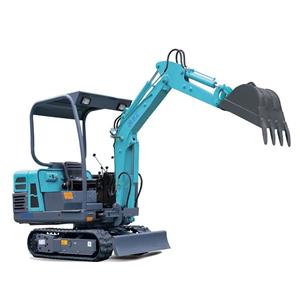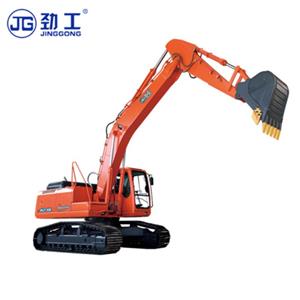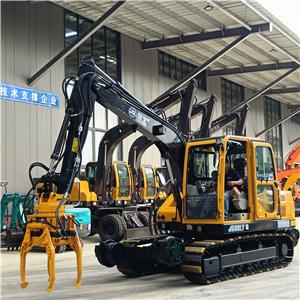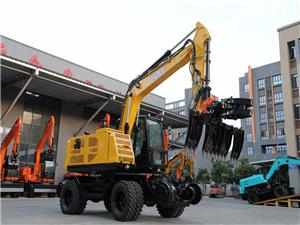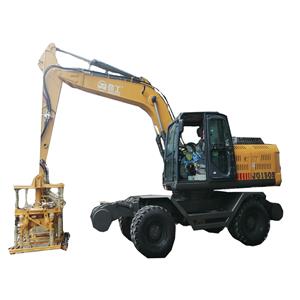- Home
- >
- News
- >
- Industry News
- >
- What are the different types of rail tracks?
What are the different types of rail tracks?
Railways play a crucial role in transportation, and the type of rail track used determines the smoothness, stability, and safety of train journeys. Various types of rail tracks are employed worldwide to meet different operational and geographical requirements.
1. Standard Gauge Tracks: These tracks have a uniform distance between the rails, typically 1,435 millimeters (4 feet 8.5 inches). They are widely used in many countries, including the United States, Europe, and China.
2. Broad Gauge Tracks: These tracks have a greater distance between the rails, providing stability for heavy freight trains. Examples include the Iberian gauge (Spain and Portugal), Indian broad gauge, and Russian broad gauge.
3. Narrow Gauge Tracks: Narrow gauge tracks have a smaller distance between the rails, making them suitable for transporting goods and passengers in mountainous or difficult terrains. They are commonly used in scenic railways and industrial applications.
4. Dual Gauge Tracks: These tracks accommodate two different gauges on the same rail bed, allowing trains of different gauges to operate. Often implemented at border areas or where different rail systems converge.
5. High-Speed Rail Tracks: Designed for high-speed trains, these tracks feature advanced engineering and technologies to handle the increased speeds and provide a smooth ride. They often have special signaling systems and safety features.
6. Heavy Haul Tracks: These tracks are designed to withstand the heavy loads and stresses of transporting bulk goods. They feature reinforced rails, stronger sleepers, and higher-quality ballast materials.
Understanding the different types of rail tracks is essential for efficient and safe railway operations. The selection of the appropriate track type depends on factors such as geographic conditions, operational requirements, and the type of trains that will run on them.
In conclusion, railways utilize a variety of track types to suit different needs. Standard gauge tracks are commonly used worldwide, while broad gauge, narrow gauge, dual gauge, high-speed rail, and heavy haul tracks cater to specific operational and geographical requirements. By understanding these track types, railway networks can be optimized for efficient and reliable transportation systems.

